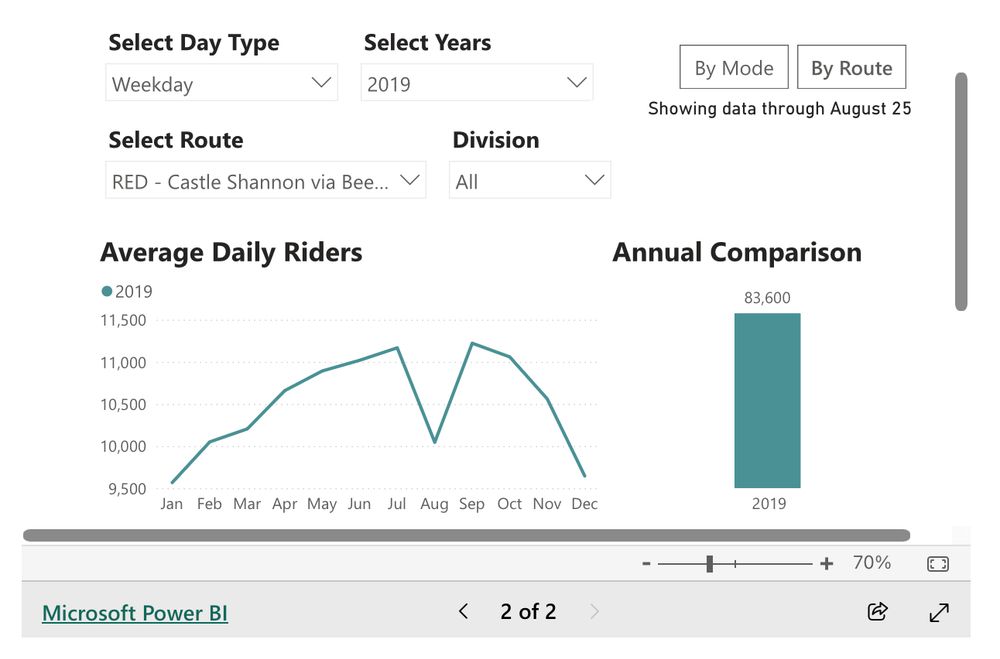
liam o’connell
@liamoc.bsky.social
630 followers
590 following
35 posts
city kid thinking about trains • he/him
Posts
Media
Videos
Starter Packs
Reposted by liam o’connell
Aaron W. Gordon
@agordon.me
· 13d
LA is building a new $1.5 billion freeway into LAX.
The very same airport where we just spent $2 billion on the people mover — actually, more like $3 billion, plus another $900 million if you count Metro's investment in the LAX station; so let's just say $4 billion — to make cars go away
The very same airport where we just spent $2 billion on the people mover — actually, more like $3 billion, plus another $900 million if you count Metro's investment in the LAX station; so let's just say $4 billion — to make cars go away

Air traffic control
The LAX-pressway must be stopped
www.torched.la
Reposted by liam o’connell



























